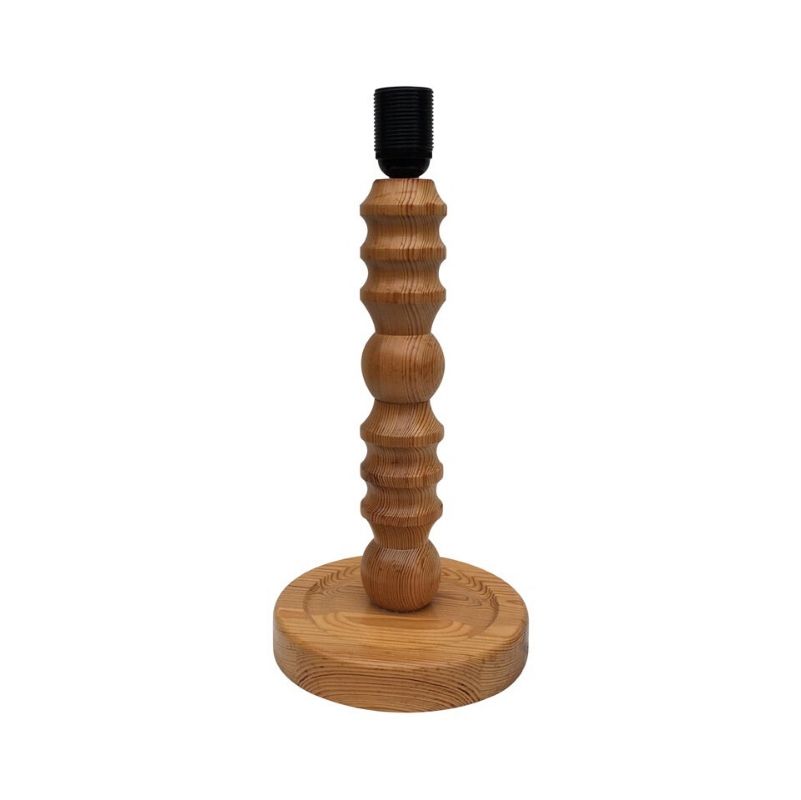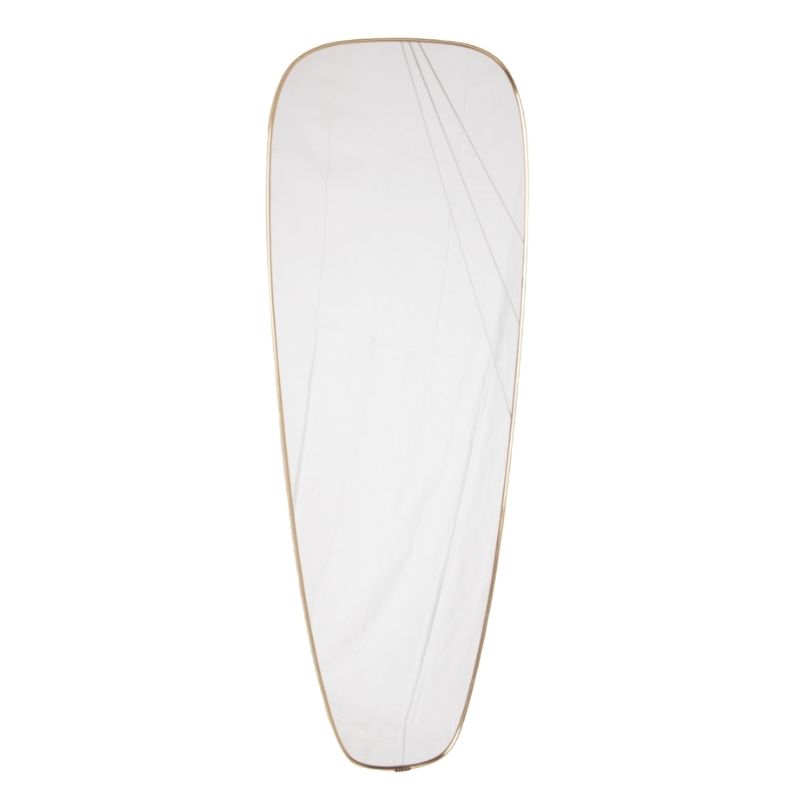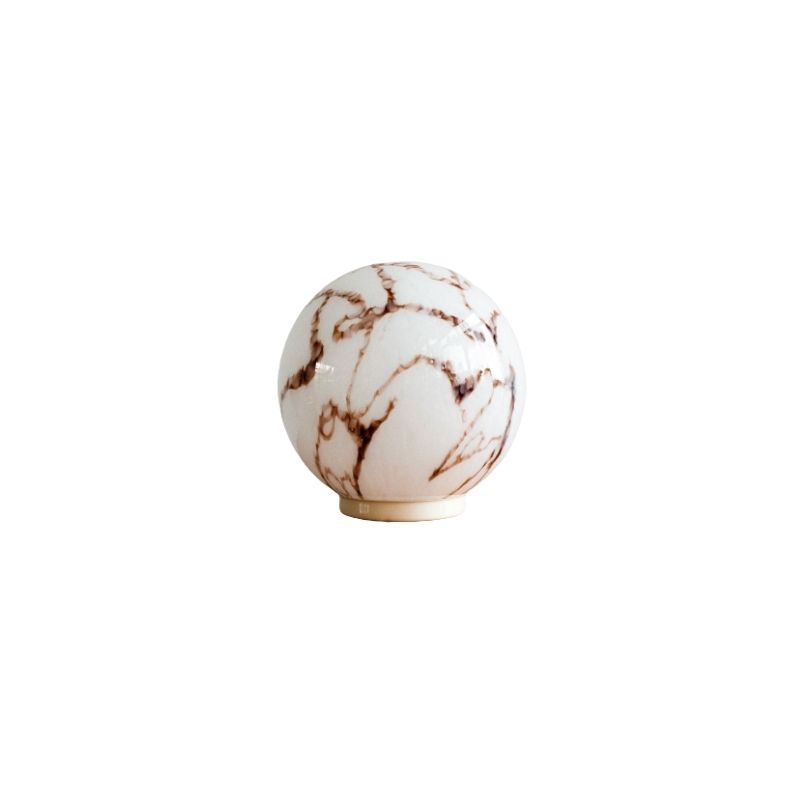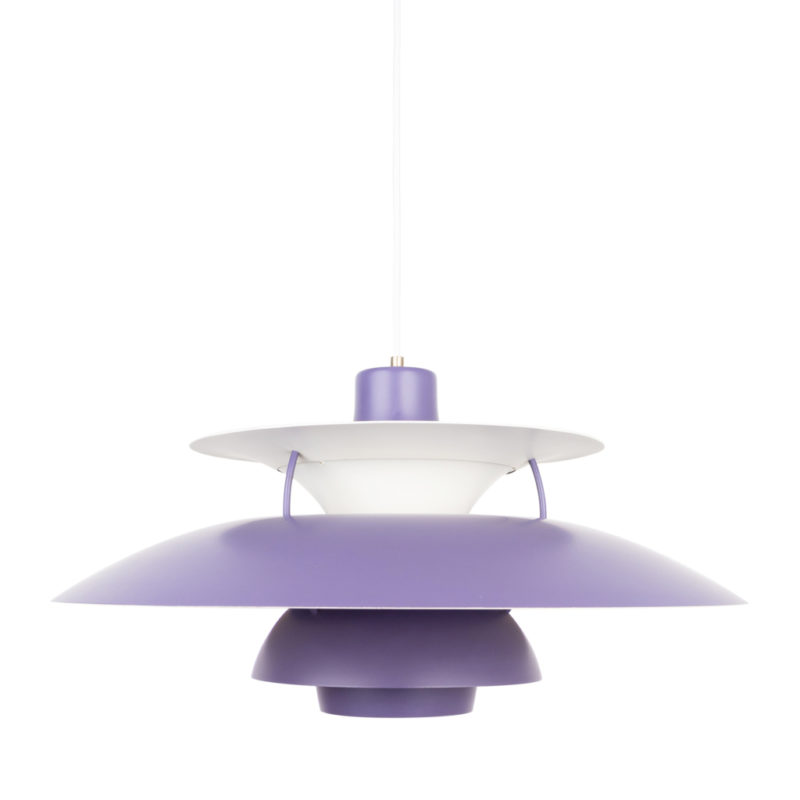I have redone three of those---one for myself and two for other people. They are VERY comfortable, in my opinion. Also not a chair you see very often. There's another thread on DA about them somewhere. I couldn't find it but I'm pretty sure it's here. One of the examples was bought to use in a recording studio in Sweden, I think---the foam arm had cracked through.
They're not too tricky to redo but guessing from lots of photos I've seen of similar chairs that were not redone correctly, it may be hard to find an upholsterer who either knows how to do a curvy molded shell or who is willing to research it and learn some new techniques.
You should check on the undersides of the arms of the shell for damage---the frame is screwed into small blocks of wood that are set into the foam and on the three that I did, most of these were mangled, having been re-screwed one too many times. I had to replace some of them completely. Look for big dents in the foam shell, too. They can be repaired with that rigid foam insulation that comes in a spray can.
The seat cushion is done in an odd way that I've never seen on anything but a Bramin chair. The fabric covers the top and 3 sides plus the front lip, and has a casing around the edge through which you thread a rigid but small diameter C-curved rod. This is tied through the entire shell of the chair to the bottom in I think 4 places, maybe more. It's rather fussy to do, at least in my experience---probably something that just requires practice (like, if you do it every day in the Bramin factory as your job!)
You need to use a fabric that has some give to it; luckily, Kvadrat Hallingdal and Tonus work really well and come in tons of colors! I used Hallingdal on mine.
I ended up selling mine when I came across a Kofod-larsen hoop chair that looked better with my other furniture. But that was the only reason!
Here's the one I redid for myself---it had been badly upholstered by someone else and the frame had some minor damage, too. The screw blocks on the arms on this one were in bad shape. The frame had been screwed directly into the foam shell and was not exactly secure, as you can imagine!
This is Hallingdal 890, which has olive green threads in one direction and teal blue in the other.
The examples I had to go on at the time didn't have any button tufting and also didn't have the attached pillow, but it was comfortable without the pillow.


I honestly don't remember what I charged to redo the two. I think it really depends a lot on where you are and who you go to, though. If it's someone working out of his or her home with little to no overhead, and who is skilled and meticulous and able to rise to a challenge, then you might get a good deal! if you go to a shop with high overhead and you get someone with less than great talent, then you might pay a lot for a hack job! Or anything in between.
I'm sure you could get them done for $500 each (not including fabric) somewhere---maybe for less. Just explain in a firm but undemanding (haha) way what is required and what you expect---if you get a sense that the person isn't all that interested, then move on to the next one on your list. I guess that's just basic advice for dealing with any contracting job (and a lesson that I have learned the hard way).
Oh, also---the entire perimeter of the chair has to be hand done with a ladder stitch. The stitch itself is not hard to do at all, but getting the seam in the right line alone that curve and not having any dips can be tricky. It's not a technique that is common in conventional upholstery. You have to do a lot of pinning, standing back and checking, making adjustments---all before actually sewing. This adds a bunch of time to the process.
I don't really track the value of a given piece so I'm not the person to ask. It all depends on how much you love the chairs, what you're willing to put into restoring them, and how long you plan to keep them. I do know that you're not likely to come across two of that chair again anytime soon unless you get really lucky, so that's something to consider, I guess.
The fried egg chair is also part of the family.
I am remembering a story of how H.W. Klein invented a technique for molding fiberglass chairs, which he sold to Fritz Hansen, and is the technique used to make the frames for Arne Jacobsen's Egg chair, etc. I am guessing it was a similar process, or the same.
I will dig up some more pages with the rest of the family.
If you need any help, please contact us at – info@designaddict.com










